Lemon myrtle honey syrup is an intense lemon flavoured honey syrup containing honey and water infused with lemon myrtle leaves that can be used in cocktails and desserts wherever honey syrup or sugar syrup are usually used. Lemon myrtle is an indigenous Australian ingredient with a long history of use as medicine and food. Lemon myrtle has a distinctive and intense almost herbal lemon flavour and aroma and is known as Queen of Herbs. Honey syrup adds sweetness along with unique honey flavours and a creamy texture to cocktails and is a great vehicle for creating unique infusions such as this lemon myrtle honey syrup. Lemon myrtle honey syrup is delicious in a bee’s knees cocktail with fresh lemon juice and gin or a fancy bee’s knees silver sour using the same formula with the addition of egg white for a creamy mouthfeel and luscious texture. Lemon myrtle honey syrup is a celebration of Australian lemon myrtle as an indigenous ingredient with a unique and delicious intense lemon flavour and aroma. In styling and photographing this post I explore the beautiful form of lemon myrtle leaves with their soft red tinged velvety underside and bright green shiny veined top side.
What is lemon myrtle?
Lemon myrtle or backhousia citriodora is an Australian indigenous rainforest tree. Lemon myrtle is a member of the mytleaceae family (Coulthard & Sullivan 2019: 25) and is closely related to cinnamon myrtle and anise myrtle.
Lemon myrtle has a long history of use as an indigenous ingredient and medicinal plant having antimicrobial and antifungal properties, for example, lemon myrtle was used to treat skin ailments. According to Australian Native Food & Botanicals the first commercial use of lemon myrtle in Australia was as a flavouring for lemonade during WWII when there was a shortage of fresh lemons. I have used dried lemon myrtle leaves to flavour fermented ginger beer and it adds an amazing refreshing lemon flavour.
Lemon myrtle leaves can be used in cooking as whole fresh or dried leaves or ground dried leaves. Lemon myrtle leaves have a high level of citral, and in their wonderful book Warndu Mai (2019: 25) Damien Coulthard & Rebecca Sullivan indicate this can be as high as 90-98%, and an amazing and intense fresh, lemon herbal citrus flavour and aroma. Coulthard & Sullivan (2019: 5) in Warndu Mai write of the flavour of lemon myrtle:
“Dubbed ‘Queen of the Herbs’ she is more lemony than a lemon will ever be.”
Damien Coulthard & Rebecca Sullivan (2019: 25). Warndu Mai. Hachette: Australia.
What is honey syrup?
Honey syrup, also known as runny honey, is used in cocktails to add flavour and sweetness as well as additional textural creaminess – it is made using honey and warm water. Combining honey with warm water makes the resulting honey syrup easier to mix in cocktails giving it a lighter viscosity than straight honey, which depending on the temperature, may be harder to dissolve, especially if the honey or your drink ingredients are cold.
Honey syrup can be made with a ratio of 1:1 honey to water by weight, or less water, at a 2:1 or 3:1 ratio by weight for a thicker and more viscous syrup, for more on this see Simon Difford’s helpful article Honey Syrup. In Liquid Intelligence Dave Arnold (2014: 790) recommends using 64 grams of water for each 100 grams of weighed honey (noting that honey is much heavier than water) for a honey syrup that can be used interchangeably with 1:1 sugar based simple syrup to add the same amount of sweetness to cocktails. This ratio is close to the 2:1 ratio mentioned above being just slightly over this point so having slightly more water. Klaus St. Rainer (2016:160) in his recipe for Runny Honey in Cocktails: the art of mixing perfect drinks also calls for a 2:1 ratio of honey to water. It is also useful to consider that honey has a different level of sweetness to sugar – Tristan Stephenson (2018: 34) in his wonderful book The Curious Bartender Volume II very helpfully details that honey is usually “between 70-80 per cent sugar by weight, so a little sweeter than 2:1 [sugar] syrup.”
Why use honey syrup in cocktails?
Honey syrup adds sweetness and importantly unique honey flavours such as spiciness or floral notes and adds additional texture and a creamier mouthfeel.
Unique honey flavours; spicy, floral
Using honey in cocktails is a way of adding the unique local flavours of different kinds of honey to your drink – my favourite is spicy Tasmanian Leatherwood Honey as in my Honey rhubarb silver sour or another spicy honey Ironbark Honey from the Blue Mountains in a Cherry shrub brandy daisy or you could use a much milder type of honey such as a bush honey for a floral note in your cocktail. This lemon myrtle honey syrup uses a local raw honey from Marrickville which I have also used in my Fennel flower silver sour cocktail.
Creamy texture & mouthfeel
Due to the presence of ‘proteins’ honey has the advantage of increasing the foaminess of shaken ingredients especially if acidic ingredients such as citrus or vinegar are present – for more on the science of using honey in cocktails see Dave Arnold’s (Arnold (2014: 792) amazing book Liquid Intelligence. Honey can thus add a luscious creamy texture and mouthfeel especially when used with egg white and citrus or vinegar. If you wish to create a similar although distinctly different creamy flavour and texture with plant based ingredients maple syrup and aquafaba, the water used to cook chickpeas, could be used.
Honey syrup infusions: spices, herbs, pollens, flowers
Honey syrup is a fantastic vehicle for creating infused syrups, like infused simple syrups but with their own unique honey flavour added into the mix. Infusing honey syrups is easy, and you can use dried herbs and spices, flowers and pollens or fresh ones as in this lemon myrtle honey syrup. Other variations on honey syrup infusions I have tried: bee pollen and nutmeg geranium, fennel flower, thyme, and rosemary. Ginger and cinnamon are other popular honey syrup infusion ingredients.
Honey syrup and home bars
In the home bar we can use a much smaller batch size than in a commercial bar. As I am making a small batch of honey syrup for my home bar for use in 1-2 cocktails made at home, I have opted to use a 2:1 ratio as this is easy to make on a very small scale using a kitchen scale to weigh the honey and water or a simple although less accurate dessert spoon measure.
Tip
If you do not have a kitchen scale you can measure using a dessert spoon – 1 dessert spoon honey to 1 dessert spoon water and this will be approximately the 2:1 ratio, if you want a thinner approximately 1:1 syrup use 1 dessert spoon honey to 2 dessert spoons water. Note that this way of measuring is not as accurate as using a kitchen scale as honey is heavier than water.
Experiment & take notes
The rule of thumb in making honey syrup is to reduce the viscosity of the honey enough that it will easily mix with other ingredients in a cold environment such as a shaker filled with ice whilst retaining enough of the luscious texture and stickiness to create a creamy mouthfeel. The exact ratio of honey to water is to a certain extent a matter of taste. In the home bar we have breathing room to experiment with the honey and water ratio and find out what works for us – take note of the measurements so you can repeat your favourite recipes.
Test balance
Altering the ratio of water to honey will as mentioned above affect the sweetness of the syrup and in turn the balance of your cocktail. You can check the balance by tasting a small amount of the cocktail using a bar spoon to drop a small amount onto the back of your hand and adjust as needed.
How is lemon myrtle honey syrup different?
Lemon myrtle honey syrup has an intense and unique citrus flavour and aroma for use in cocktails and desserts. Lemon myrtle honey syrup is best made using a kitchen scale to measure the weight of the honey and water and can be made with fresh or dried whole lemon myrtle leaves.
Lemon myrtle aroma & flavour: intense citrus aroma & flavour
Lemon myrtle has an intense and almost herbal citrus flavour and aroma offering a refreshing crisp lemon – combined with local raw honey lemon myrtle honey syrup adds a spicy and intense lemon flavour not available with straight honey syrup. Lemon myrtle also has the advantage of adding herbal lemon flavour and aroma without the acidity of fresh lemon juice.
How to make lemon myrtle honey syrup: Measure by weight using a kitchen scale
Lemon myrtle honey syrup in this recipe is a 2:1 honey syrup that is infused with fresh lemon myrtle leaves for an intense citrus aroma and flavour that can be used in cocktails and desserts. Simply measure two parts of honey by weight to 1 part water by weight. Simon Difford very helpfully explains how to measure by weight in his article Honey syrup by measuring honey by weight directly into a container zeroed on the scales and then adding the additional proportion of water directly into this container. For a 2:1 honey to water ratio add your measuring container such as a small saucepan or heatproof bowl or preserving jar to your scales and zero the scales, then add the amount of honey you require – then add half as much again by weight of warm water into the same container. Add fresh lemon myrtle leaves to your honey and water mixture. Gently heat the mixture either directly in your small pan or if in a heatproof bowl or preserving jar then place this over a small amount of hot water in a saucepan or in a hot water bath. Gently heat for a short time to infuse the flavour, then allow to cool, decant into a clean glass jar, or use the existing one and store in the fridge – the syrup will keep refrigerated for a few days. Strain before use.
Fresh or dried lemon myrtle leaves?
Lemon myrtle honey syrup can also be made with dried lemon myrtle leaves and this produces a delicious syrup but I have found that the fresh lemon myrtle leaves add a more delicate and fresh intense lemon aroma and flavour than the dried variety. Both fresh and dried lemon myrtle leaves work amazingly though so if you find yourself unable to source fresh lemon myrtle then dried will still add a strong lemon myrtle flavour – the difference with the fresh leaves is a delicacy of flavour and strength of aroma. If using dried leaves add a few more to your honey and water mixture than you would the fresh leaves to add a little more flavour.
Storing & preserving fresh lemon myrtle leaves
Storing fresh lemon myrtle leaves in a glass of water will give them a longer life as well – so you can keep them fresh for longer and use a few at a time for cooking and syrups. When I found myself with some fresh lemon myrtle leaves, I used a small number of them by making a small batch of lemon myrtle honey syrup for quick use in cocktails and desserts. The finished lemon myrtle honey syrup will keep in a clean glass jar in the fridge for a few days only. To preserve fresh lemon myrtle leaves dry them in the sun and store in a clean glass jar for future use.
How to use lemon myrtle honey syrup
Lemon myrtle honey syrup can be added to classic vintage cocktails for a lemon myrtle twist such as a lemon myrtle bee’s knees or a fancy lemon myrtle bee’s knees silver sour with egg white for a luscious texture and creamy mouthfeel. Lemon myrtle honey syrup can also be used in desserts such as a topping for yoghurt or ice cream.
Styling and photographing lemon myrtle leaves & honey: Simplicity, inversion, framing
Lemon myrtle leaves are beautiful with a shiny green side and a velvety grey and red side that is filled with amazing soft texture. I photographed the lemon myrtle leaves in this post in beautiful soft light created by clouds – I had a simple set that allowed the texture and colours of the lemon myrtle leaves and honey to take centre stage. Suspending the lemon myrtle leaves from a eucalyptus branch allowed them to be seen at a different angle than usual – inverting them – allowing light to play off the red velvety underside as well as the topmost green shinier veined side of the leaves. These suspended leaves created a lovely framing for the golden lemon myrtle honey syrup. It’s rare to see fresh lemon myrtle leaves available and I was lucky to come by these from Pocket City Farm when they were selling some of their usual restaurant produce to ordinary folk like me during the pandemic when restaurants were not running at full capacity. I was excited to create some images of fresh lemon myrtle leaves – Queen of Herbs – as an Australian indigenous ingredient that is so beautiful and has such a unique and intense citrus flavour and aroma.
Lemon myrtle honey syrup: cocktail ingredient
Print RecipeIngredients
- 70 grams honey by weight (this is approximately 4 dessert spoons), I used Giulio + Natasha’s raw honey from Marrickville
- Add half as much warm water by weight (approximately 4 dessert spoons water) – scale should measure 105 grams
- 4-5 fresh lemon myrtle leaves (or 6-7 dried leaves if using)
Instructions
Add your container, such as a small saucepan, glass heatproof bowl or glass heatproof preserving jar, to your scales and zero the scales
Add honey to container while on the scales until the scale registers 70 grams (about 4 dessert spoons of honey)
Add warm water to your container to add half as much again (35 grams) to this initial 70 grams weight – the scale needs to register 105 grams (about 4 dessert spoons water)
Add lemon myrtle leaves
Heat honey, water, and lemon myrtle leaves, in saucepan on stove top using gentle heat or place your glass bowl over a saucepan of hot water on the stove top or place your jar in a hot water bath for a few minutes to infuse the lemon myrtle flavour
Allow syrup to cool
Decant into clean glass jar or leave in the preserving jar if you used this container and store in the fridge, use within a few days
Strain before use
Notes
Mixology
Dave Arnold (2014). Liquid Intelligence: The Art and Science of the Perfect Cocktail. W.W. Norton & Company: New York & London.
Simon Difford (accessed 2020). Honey Syrup. In Difford’s Guide.
Klaus St. Rainer (2016). Cocktails: The art of mixing perfect drinks. Dorling Kindersley: London.
Tristan Stephenson (2018). The Curious Bartender Volume II: The new testament of cocktails. Ryland, Peters & Small: London & New York.
Australian Indigenous ingredients
Australian Native Food & Botanicals (Accessed 2020). Lemon myrtle. In Australian Native Food & Botanicals.
Damien Coulthard & Rebecca Sullivan (2019). Warndu Mai: Good Food. Hachette: Australia.
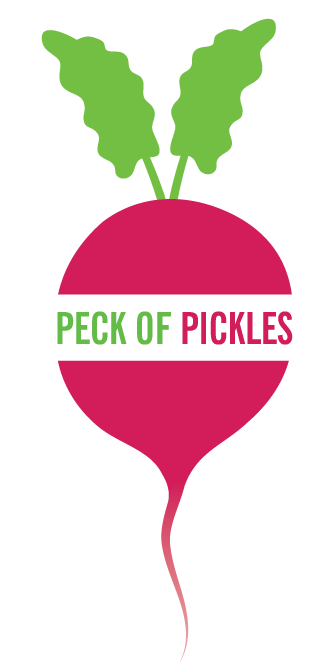
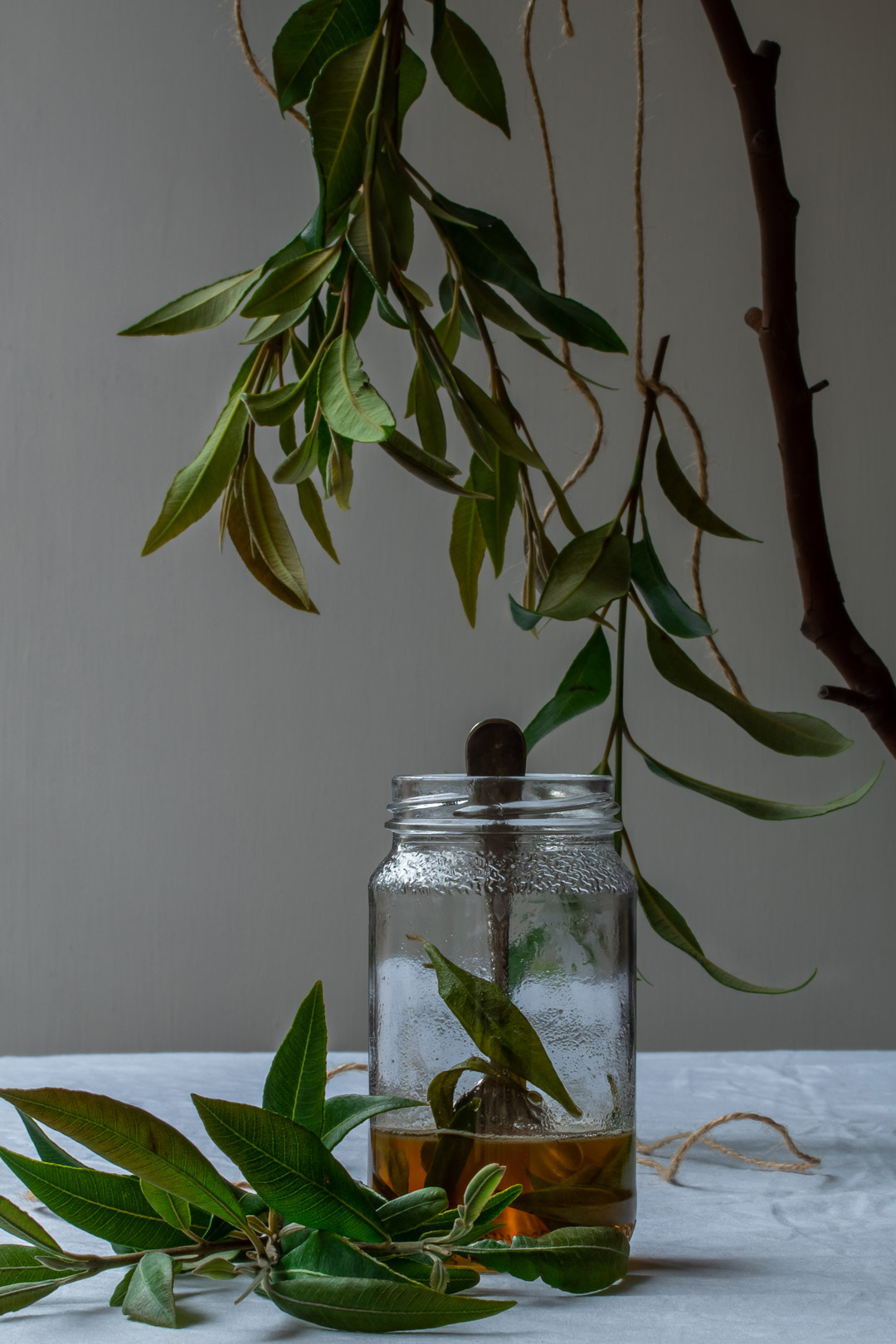
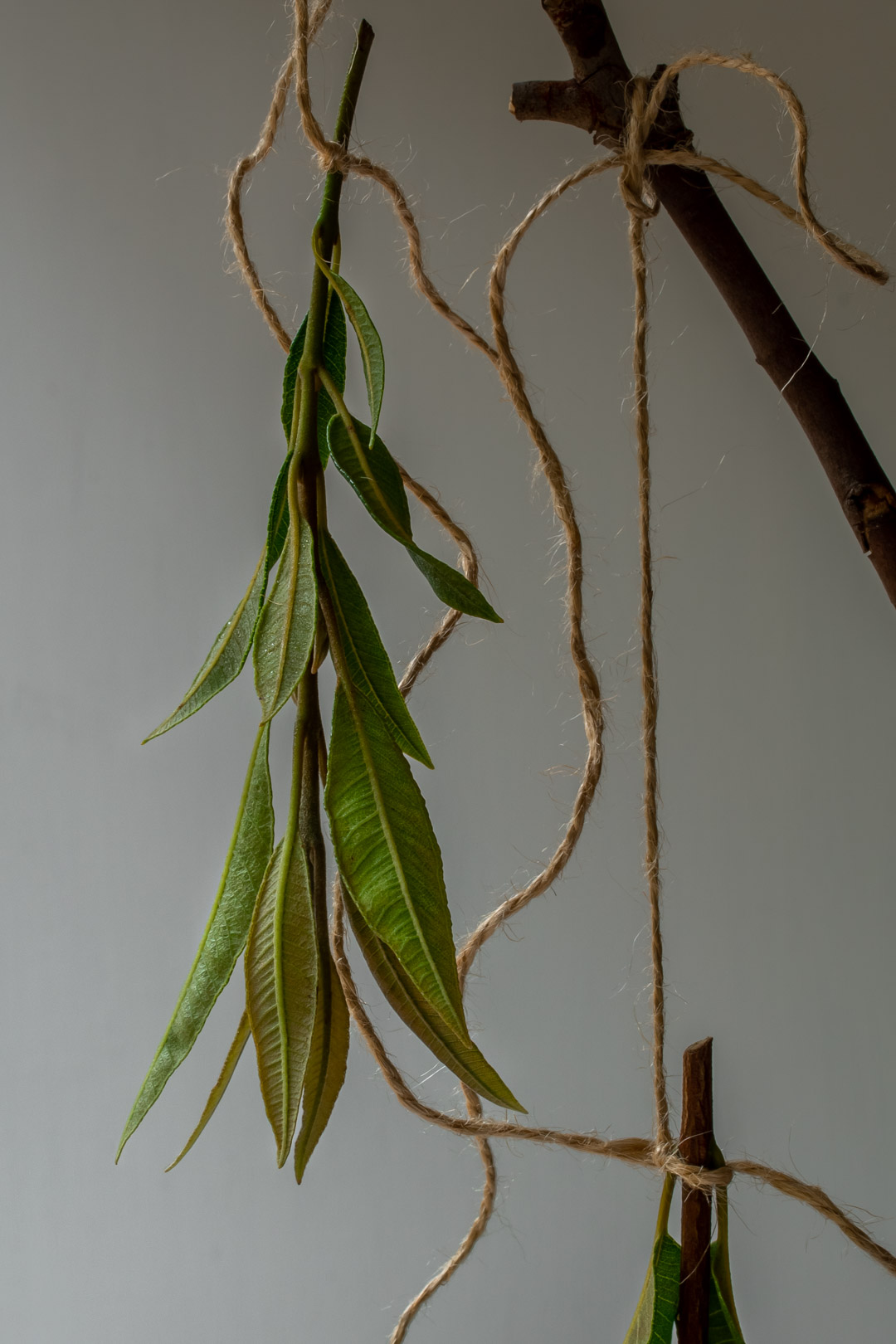
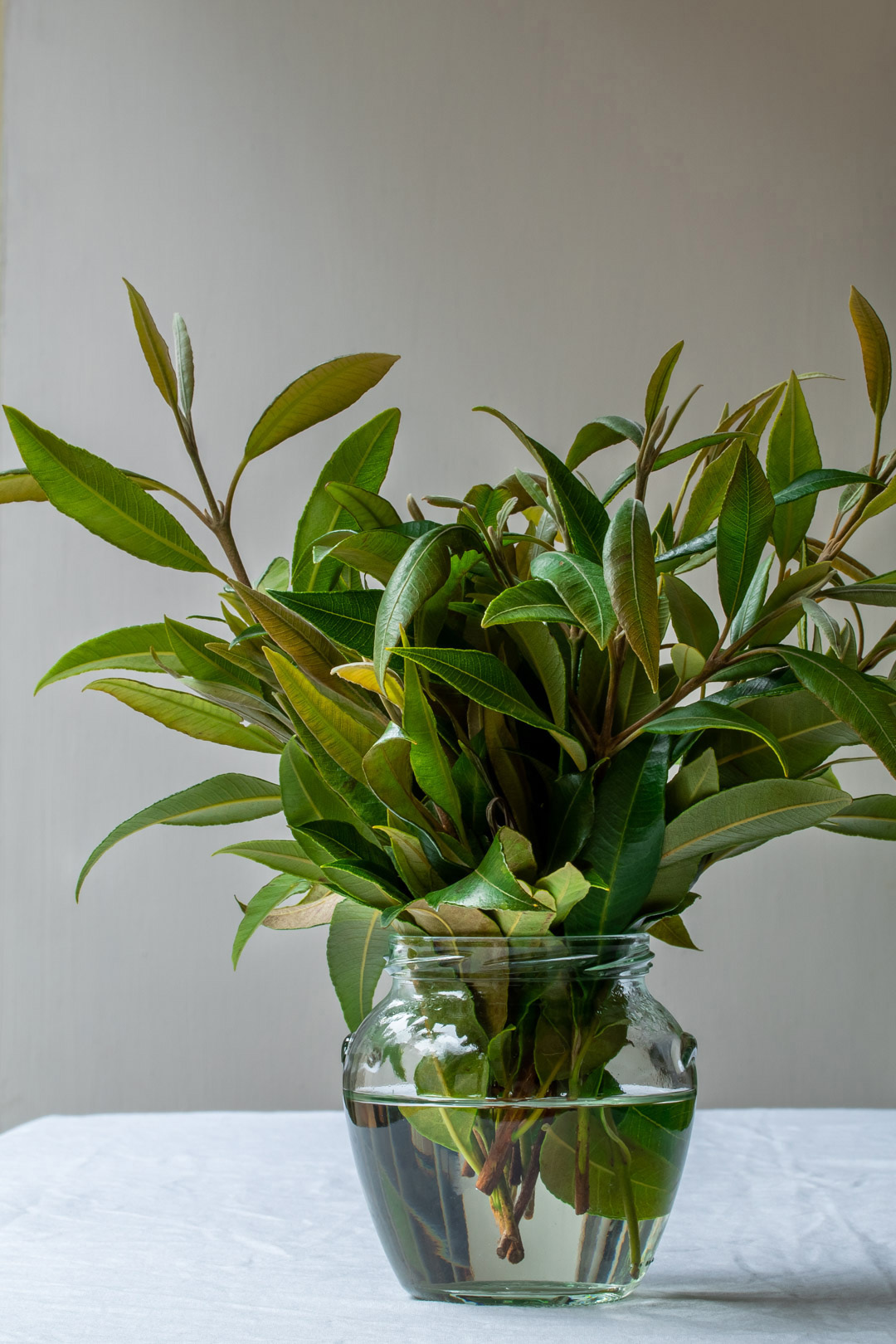
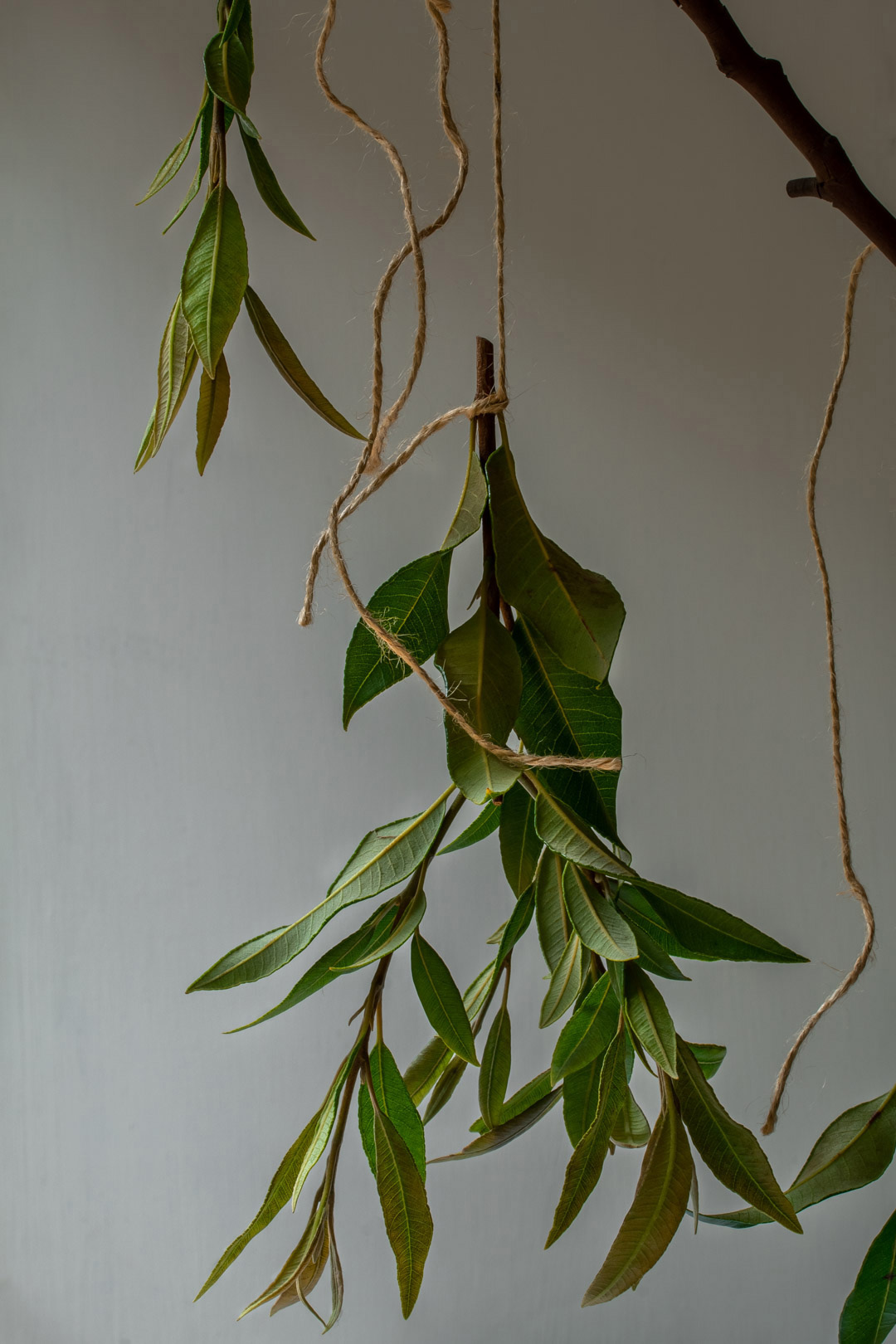
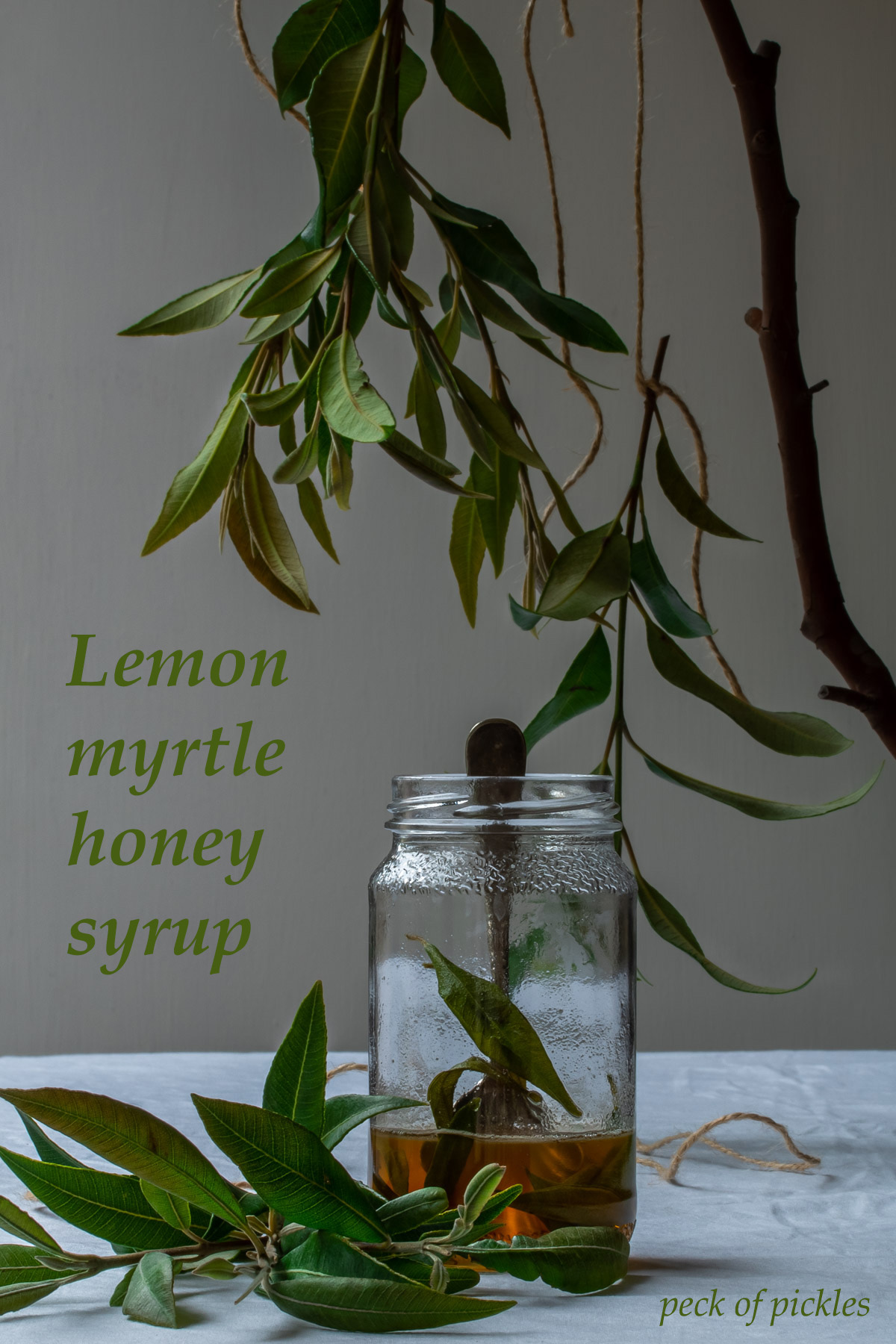
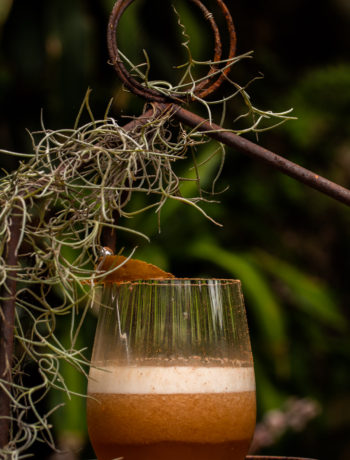
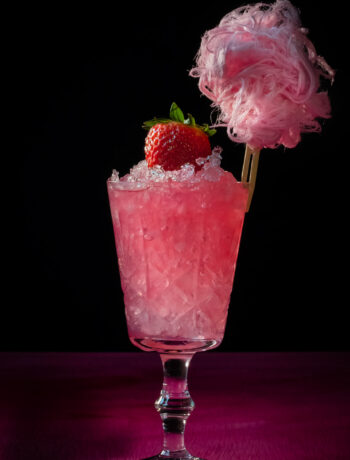
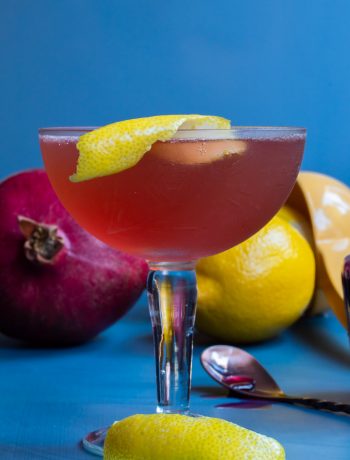
1 Comment
Strawberry fiz mocktail & cocktail | Peck of Pickles
January 19, 2021 at 11:11 pm[…] Gum syrup is swapped out for 3:1 honey syrup made by adding honey and warm water – 2 tablespoons honey to 1 tablespoon warm water – to a clean glass jar which is gently warmed in a water bath and stirred to dissolve the honey and thus make it easier to mix with cold ingredients. For more on how to make honey syrups see my post on lemon myrtle honey syrup. […]